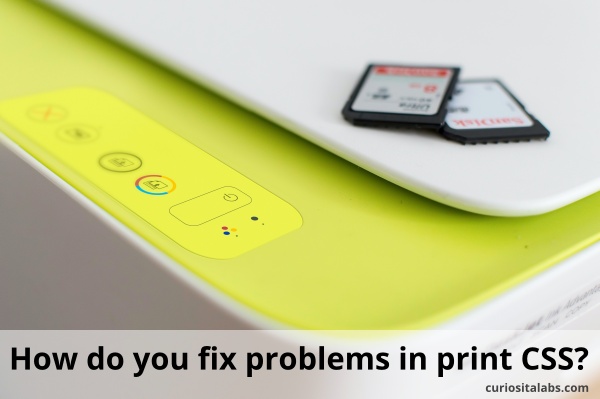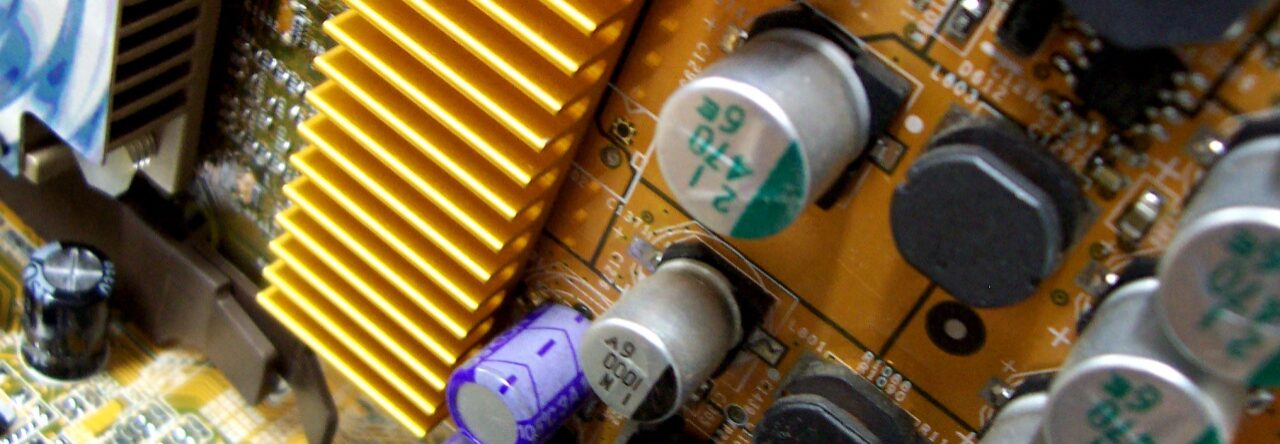A print stylesheet allows you to print a webpage. Testing a print stylesheet can be challenging. You create print styles to manage how the page prints, but it still doesn’t look right. What do you do when you need to fix or find a problem that occurs when the page is printed?

Photo by Fernando Arcos from Pexels
You have two options use the Print Preview or the browser’s developer tools.
Print Preview
Print Preview lets you see how your web page looks on the printed page. You can see which elements to hide like navigation bars, footers or certain images. It also helps you to identify simple problems. Problems like large text, too much space between elements and extra styling that may use too much ink.
Print Styles in the browser
What do you do when you can’t find the source of a problem? Use your browser. Chrome, FireFox and Safari allow you to display print styles directly in your browser. This option is great for seeing how your design looks without print the page out. You can use the inspector to diagnose issues with your CSS. It can help you identify design issues that need a print style either created or modified.
For example, I had an app that printed a receipt. It printed on two pages instead of one. First, I used the Print Preview to find out what elements to hide when printed. After that, I saw that it was still printing on two pages. I couldn’t see what was causing the issue.
I changed the Developer Tools to show the print CSS. When I used this option to view the receipt with the print styles, I found the source of the problem. The problem was in the footer. I started to look at the styles for it. The footer had a height of 10.75 ems. I experimented by turning off the height. It changed from printing on one page instead of two. To fix this issue, I added a new print style for the footer and made the height auto. When I looked in print preview, it printed an one page.
